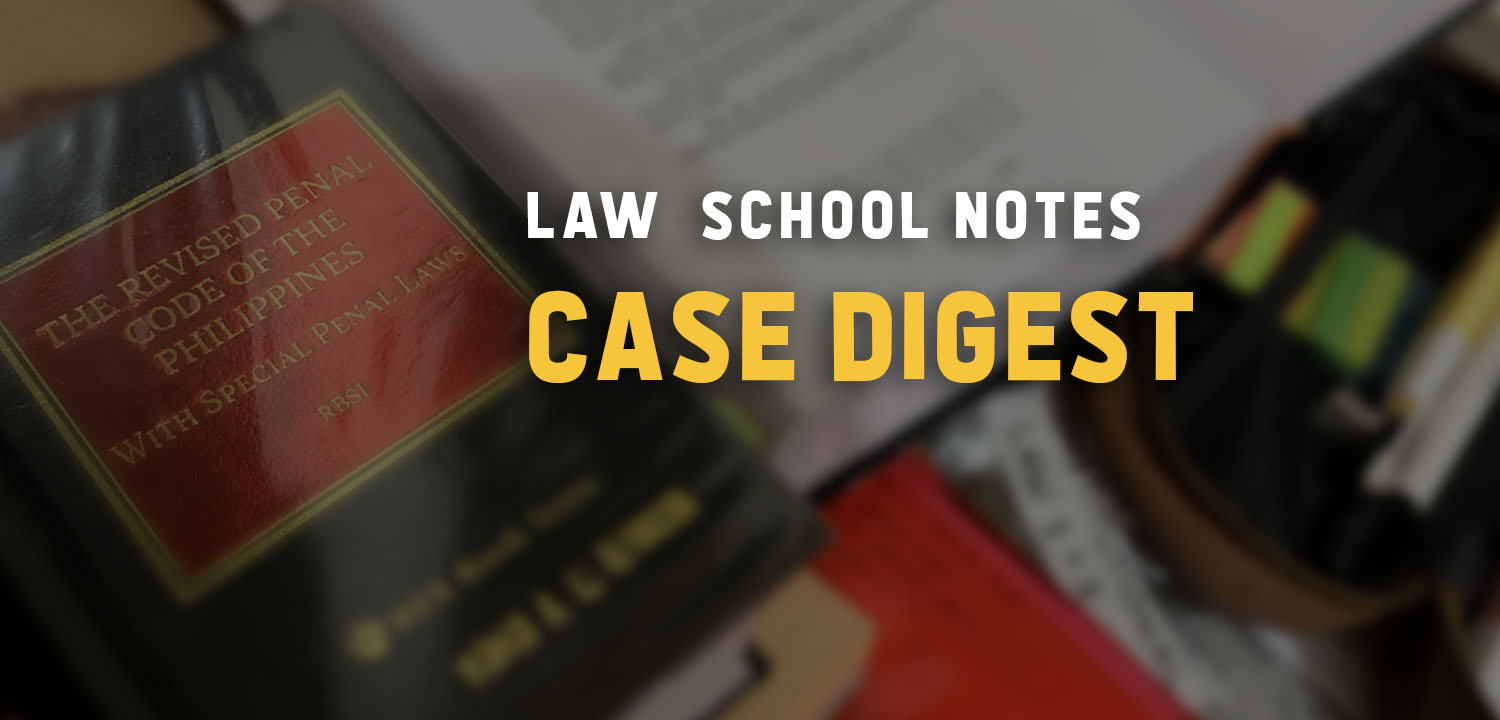Perez vs. Office of the Ombudsman
G.R. No. 131445. May 27, 2004.
FACTS
Petitioners, members of the Kilusang Bayan ng mga Magtitinda ng Bagong Pamilihang Bayan ng Muntinlupa, Inc. (KBMBPM), instituted two complaints at the Office of the Ombudsman against several respondents, one of whom was then Mayor Ignacio R. Bunye, for violation of RA 3019 (also known as the “Anti-Graft and Corrupt Practices Act”).
Respondents allegedly destroyed the doors of the KBMBPM office while serving on petitioners the Take-Over Order of the KBMBPM management dated October 28, 1998 issued by then Agriculture Secretary Carlos G. Dominguez.
In disposing of said complaints on April 11, 1997, the Office of the Ombudsman issued a resolution excluding respondent Bunye from the criminal indictment.
The petitioners assailed the exclusion in the CA on September 1, 1997 through an original petition for certiorari and mandamus. The CA, however, dismissed it for lack of jurisdiction supposedly in accordance with Section 27 of RA 67709 (also known as the “Ombudsman Act of 1989”).
ISSUE
Whether or not the CA correctly dismissed the petition for certiorari and mandamus filed by the petitioners, if yes, the proper remedy to be filed and the appellate court where such remedy should be filed by a party aggrieved by the decisions or orders of the Office of the Ombudsman.
HELD
YES. CA is correct in dismissing the petition, however, it erroneously invoked as ratio decidendi Section 27 of RA 67709 which applies in administrative cases only, not criminal cases, such as the graft and corruption charge at bar. As the present controversy pertained to a criminal case, the petitioners were correct in availing of the remedy of petition for certiorari under Rule 65 but they erred in filing it in the Court of Appeals.
If it is an administrative case, appeal should be taken to the Court of Appeals under Rule 43 of the Rules of Court. If it is a criminal case, the proper remedy is to file with the Supreme Court an original petition for certiorari under Rule 65.
But even if the petition for certiorari had been filed in this Court, we would have dismissed it just the same. First, petitioners should have filed a motion for reconsideration of the Ombudsman resolution as it was the plain, speedy and adequate remedy in the ordinary course of law, not filing a petition for certiorari directly in the Supreme Court. Second, the Office of the Ombudsman did not act without or in excess of its jurisdiction or with grave abuse of discretion amounting to lack or excess of jurisdiction in issuing the Ombudsman resolution.
We are mindful that the Constitution and RA 6770 endowed the Office of the Ombudsman with a wide latitude of investigatory and prosecutorial powers, virtually free from legislative, executive or judicial intervention, in order to insulate it from outside pressure and improper influence.
DISPOSITIVE PORTION
WHEREFORE, the petition is hereby DENIED for lack of merit.
RELATED PROVISION
Section 27. Effectivity and Finality of Decisions.
In all administrative disciplinary cases, orders, directives, or decisions of the Office of the Ombudsman may be appealed to the Supreme Court by filing a petition for certiorari within ten (10) days from receipt of the written notice of the order, directive or decision or denial of the motion for reconsideration in accordance with Rule 45 of the Rules of Court.
The above rules may be amended or modified by the Office of the Ombudsman as the interest of justice may require.





